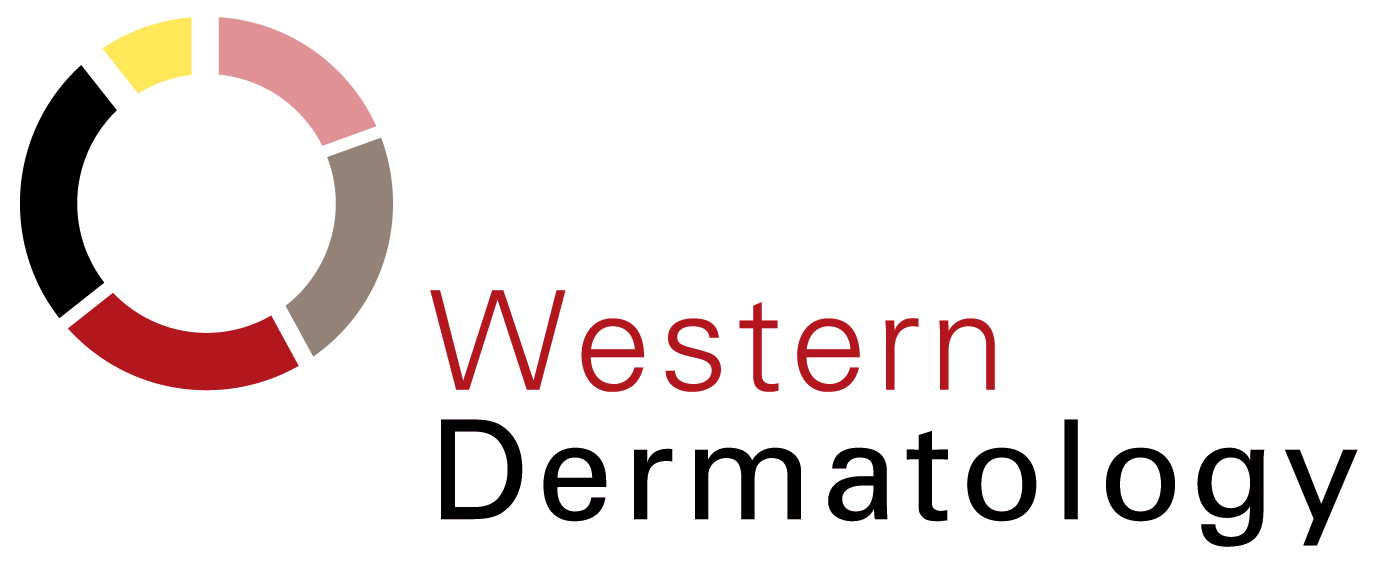Types of Acne Scarring
- Macular scarring – flat areas of altered pigmentation caused by acne with no associated indentations or elevations in the skin
- Boxcar scars – superficial punched out areas that have sharp vertical edges on cross section, and can be round or oval in shape
- Rolling scars – undulations in the skin often caused by tethering of the skin to underlying structures
- Deep divots – very deep scars that involve loss of subcutaneous tissue volume
- Ice-pick scars – small but deep depressions in the skin
- Hypertrophic scarring- the affected area is elevated
How is Acne Scarring Treated?
Dermal Fillers
These can lift up indented scars, but only last for a period of time. However they only require a small amount of downtime.
Fractional Carbon Dioxide Laser Resurfacing
This is currently the accepted gold standard in acne scarring treatment. It is more effective but has longer “down time” ie recovery time than other milder treatments. This can last from several days to two weeks. Fractional carbon dioxide lasers are ablative lasers, in that they vapourise columns of skin as well as causing thermal injury. This leads to more collagen stimulation and new skin formation leading to superior results compared to other methods. It can significantly improve the appearance of sun damaged (pigmented/wrinkled) skin as well. At Western Dermatology we use the Dinona Fractionated CO2 laser. Medicare rebates may apply for this treatment.
Skin Needling
Can be effective for treating superficial acne scars by puncturing the skin with multiple fine needles. This stimulates collagen production and helps to lift up any ‘indented’ scars. The advantage of this treatment is the fact that it can be used on all skin types including darker skin types including Asian, Indian and African. with less risk pigmentation changes in comparison to laser treatments. Also, it penetrates very deeply so that collagen can be stimulated on deeper acne scars. It generally requires several treatments, usually on a monthly basis. Usually it takes 3 to 7 days to recover from the treatment, depending on the degree of the treatment. We use the Dermapen skin needling device at our clinics.
TCA Cross
Is most commonly used for small indented acne scars. It involves placement of high concentrations of trichloroacetic acid (TCA) into the scar with a toothpick. This stimulates the production of new collagen and remodelling of existing collagen to fill in the acne scar. The advantage of this treatment is that it is localised to the affected area only and not the uninvolved skin.
Subcision
Is also suitable for treating depressed acne scars. The size of the scar usually needs to be fairly large or deep. It involves manouvering a needle under the depressed scar thus released it from being tethered to underlying structures. This proceudre is often combined with skin needling, TCA CROSS and / or laser treatments.
Pastelle Q Switched Laser
Can be used to help promote collagen production and help improve mild superficial acne scarring to help raise small indentations in the skin. The advantage of this treatment is that it has only a small amount of downtime in comparison to the above treatments, however multiple treatments need to be performed. It also generally improves skin texture.
Chemical Peels
Can treat more superficial acne scarring and there is usually less down time with this treatment.
Fractionated Radiofrequency Microneedling
Uses radiofrequency waves to cause deep collagen stimulation in the dermis. The advantages of this treatment are the low downtime and its applicability to all skin types with minimal risk of post inflammatory hyperpigmentation.

